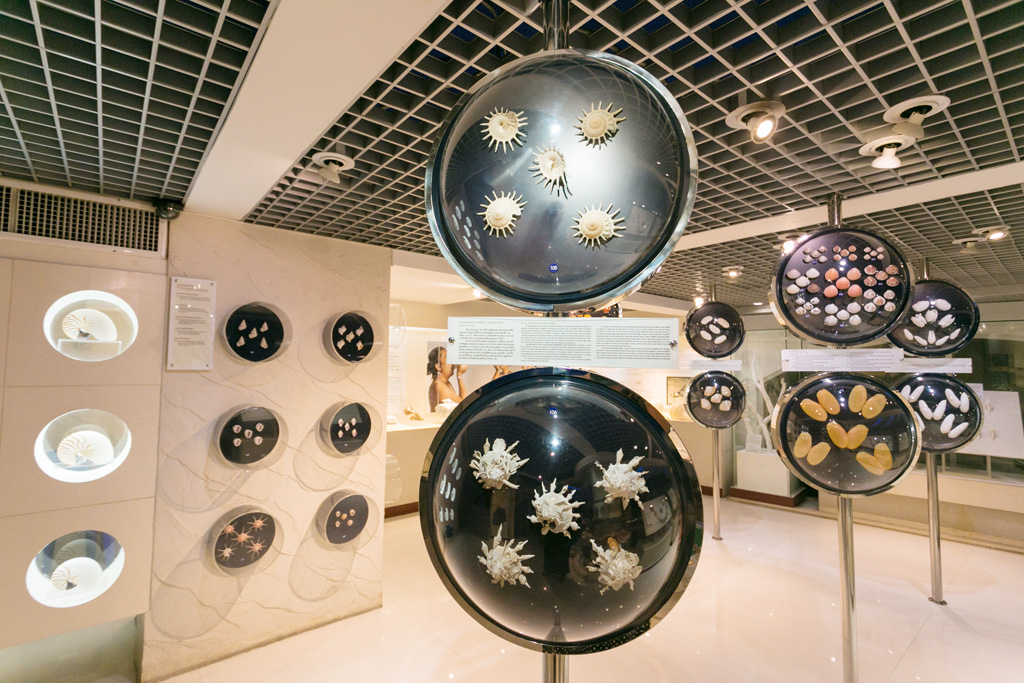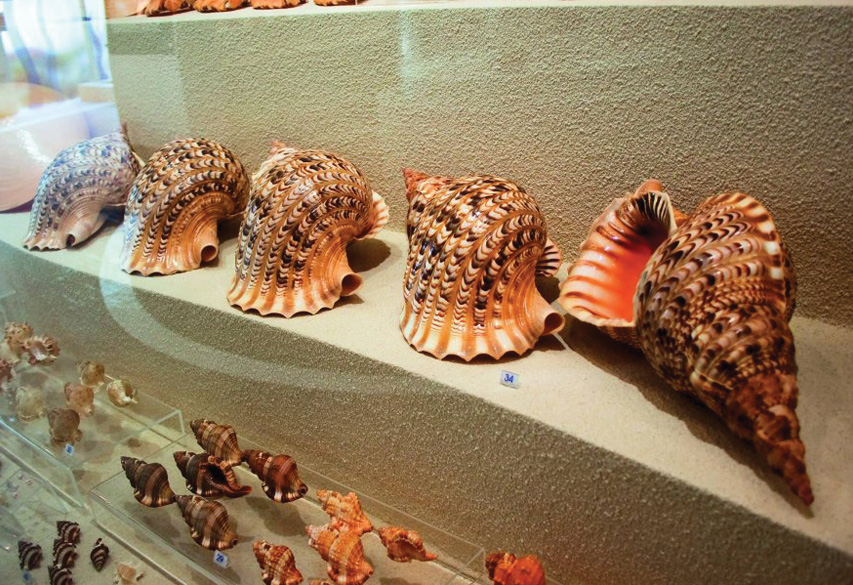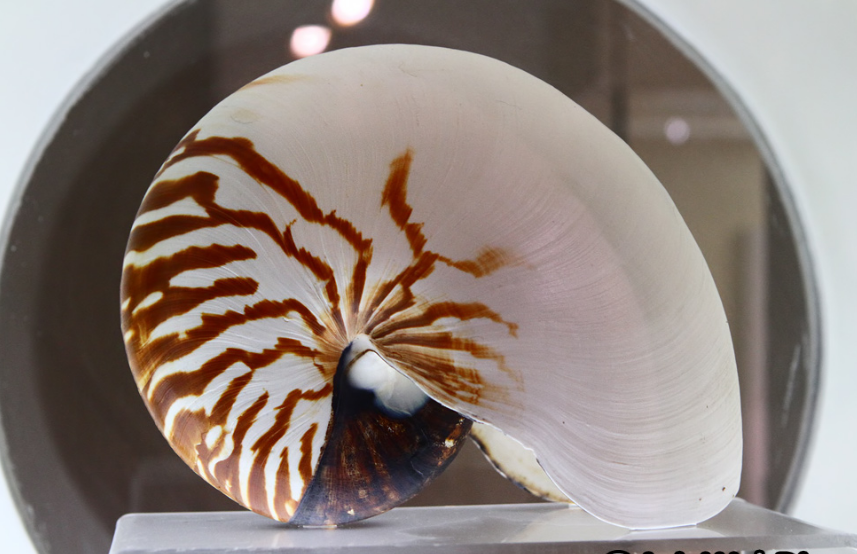The museum is very well put together and is located in the basement of the large building. It has four main exhibitions, all with information in both English and Thai. The entry fee is reasonable.


Among its impressive collection are noble volute (a heavy seashell with varied patterns), tiger cowries and stout-spine murex. In addition there are also some rarities and odd shells including the world's largest golden pearl (140 karats), large sections of sedimentary rock containing shell fossils that represent the earth's earliest life-forms, and a shell weighing in at 250 kilograms! On the ground floor, there are many interesting gifts and souvenirs worth checking out. If you are looking for shell items, look no further as the museum’s gift shop is quite big and covers the entire area. Products include sea shell carving for indoor decoration, sea shell jewelry, key chains, shell mobiles and many more shell crafts and arts. Phuket Seashell Museum also houses a variety of pearl items such as necklaces, rings and earrings as well as mother-of-pearl dining sets including spoons, forks and knives. Prices vary.


First opened in 1997, the museum is home to about 2,000 shell species. All are the labour of love of the museum’s owner, Somchai Patamakanthin and his brothers. They have spent at the past three or four decades building up the vast collection. Somchai’s passed on his ‘hobby’ to his son Jom, who has become one of Thailand’s leading seashell collectors. Jom too is a proud owner of a shell museum in Phuket but in a much smaller scale comparing to the one in Rawai. It’s called Shell World Museum and is located inside the megamall Jungceylon in Patong.


According to phuket.com













